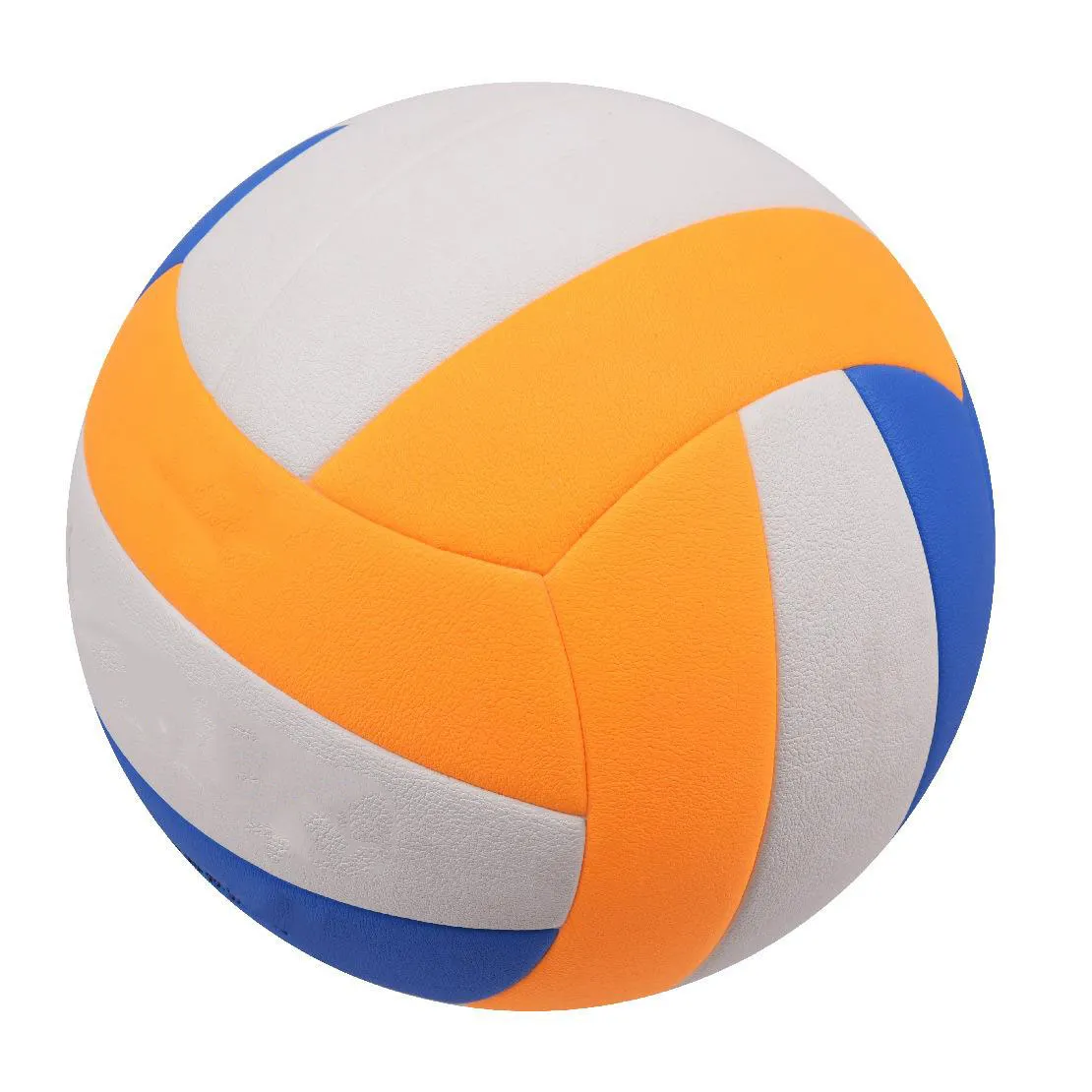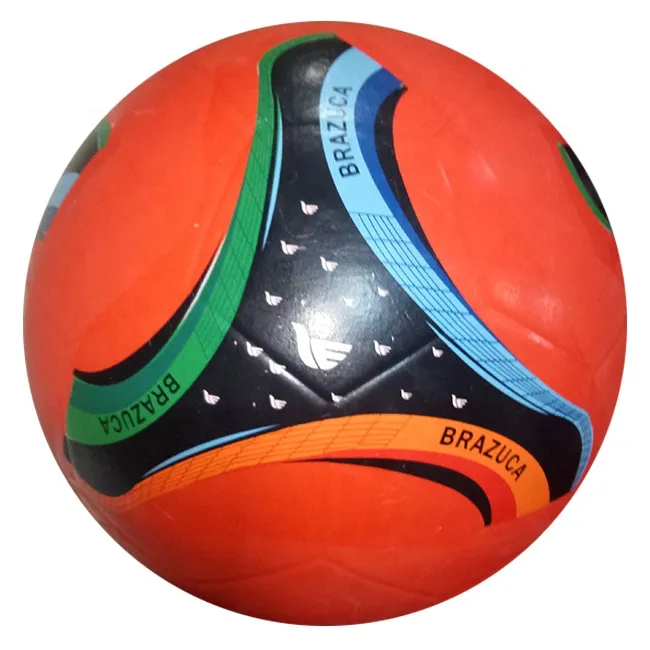Choosing the Perfect Soccer Ball for Optimal Performance

When it comes to improving your game, selecting the right soccer ball is crucial. As an experienced player and a connoisseur of the vast options available today, I've spent countless hours on pitches around the world understanding what makes a soccer ball stand out. In this guide, I will share knowledge to help you make an informed choice.
Understanding Soccer Ball Variations

There's more to a soccer ball than just its appearance. The first step in choosing the right ball is to recognize that there are different types suited for various playing conditions. Training balls, match balls, and recreational balls each serve unique functions. Training balls are built for durability, match balls offer superior control and consistency, and recreational balls are perfect for casual play.
Material Matters
The material is a critical factor in soccer ball performance. Most modern soccer balls have an outer casing made from either PVC (Polyvinyl Chloride) or PU (Polyurethane). PVC balls are cheaper and extremely durable, making them suitable for street play or beginners. On the other hand, PU balls are softer and offer better feel and control, typically used in professional settings.
For the bladder, make sure to choose butyl for excellent air retention or latex for a softer feel and superior performance. However, latex requires more frequent inflation checks.
Panel Construction and Configuration
The number of panels on a soccer ball can significantly affect how it moves and feels. Traditional balls come with 32 panels, offering a classic look and reliable performance. Modern designs experiment with fewer panels, often 18 or 26, to reduce seam stress and enhance flight accuracy. Fewer panels can lead to a smoother surface, improving aerodynamics and reducing water absorption.
soccer ball football
Size and Weight Considerations
The standard size for adult professional soccer is size 5. Youth players may use size 4 or 3 to accommodate their smaller stature and ensure proper skill development. Weight is standardized in professional balls, but some training balls can be slightly heavier to aid in strength building.
Brand Authority and Quality
Not all soccer balls are created equal, and brand reputation can be a valuable indicator of quality. Established brands like Adidas, Nike, and Puma have years of research and development behind their designs, ensuring that you receive a product meeting official standards for balance and durability. Opting for a ball that FIFA tested and approved can further guarantee performance excellence.
Trust and Reliability in Purchase
Buying from reputable retailers either online or in-store is vital to ensure authenticity, especially with numerous counterfeit products in the market. Check for official logos indicating quality verification. Customer reviews can also offer additional insights into a ball's performance and longevity.
In Conclusion
Investing in the right soccer ball can elevate your game to new heights. By understanding the subtle differences – from material and panel configuration to size and brand quality – you can select a ball that matches your playing style and level. With the perfect soccer ball, every pass, shot, and dribble can become more precise, enhancing both skill development and the joy of playing the beautiful game. Seek out trusted brands and make informed choices to ensure your investment leads to optimal on-field performance.













